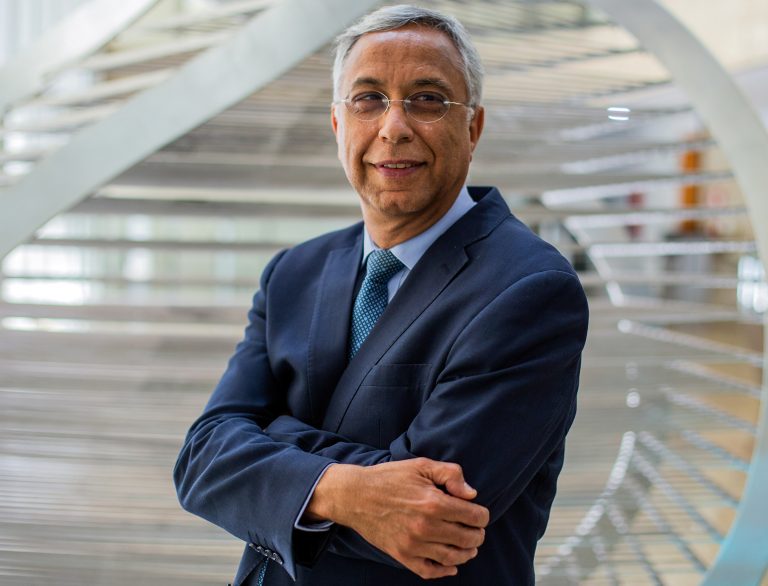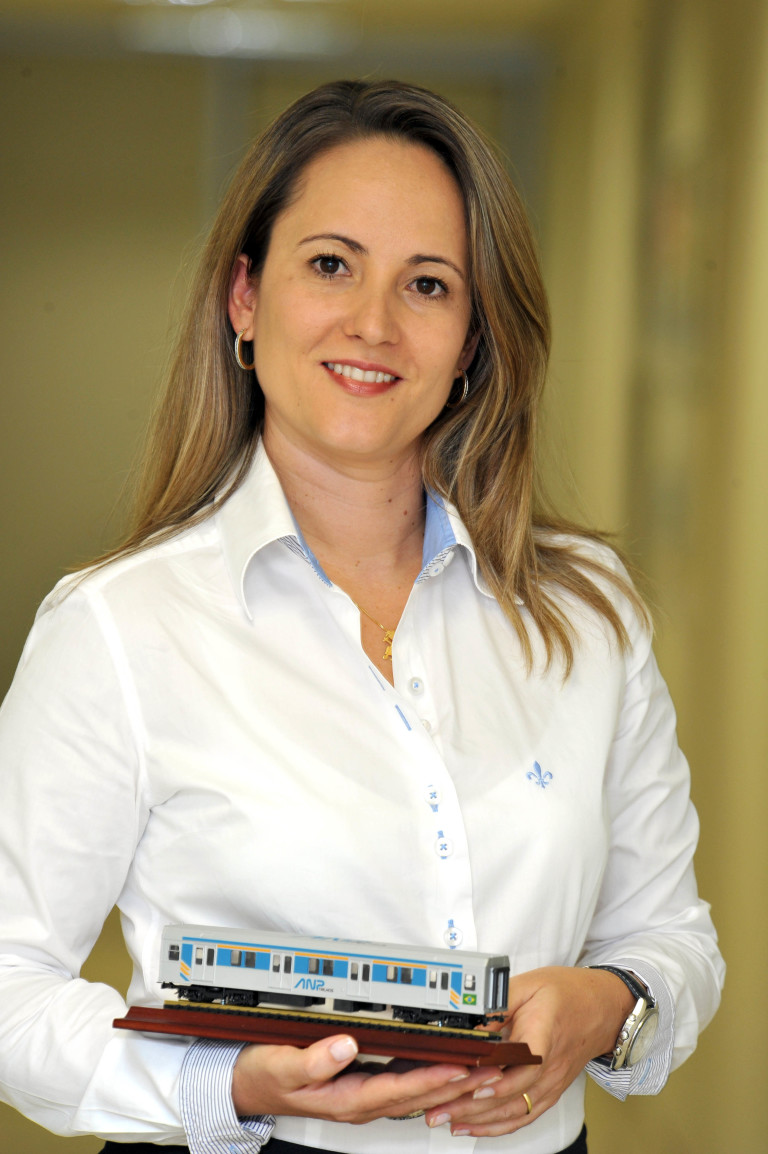Mega-events are an opportunity to improve urban mobility and people’s quality of life
by Roberta Marchesi
Superintendent of ANPTrilhos
The legacy of mega-events such as FIFA’s World Cup or the Olympic Games is the matter of study for national and international researchers and specialists. This worry is pertinent since such events ultimately lead to transformation of cities, directly affecting its urban dynamics.
The constructions of arenas and infrastructure works needed required for the games in Brazil will consume billions in public resources and not necessarily will revert in direct benefits to those who live day-by-day in the cities that will host the Cup 2014 or the Olympics 2016. In this regard, it is imperious to think what will result for the country when the games are over.
When we think about urban legacy from mega-events, one of the points that always stands out, in any country of the world, is the amplification and modernization of transportation systems. Only to have an idea, this was the main legacy left for Barcelona, which hosted the Olympics of 1992, and for South Africa, which received the FIFA’s World Cup in 2010. Both experienced significant changes in their infrastructure, with heavy investments in their transportation systems, which met not only the displacements required for the games, but that became effective improvements for the population after the events were concluded.
Brazil has important projects related to urban mobility to serve the games, which may become an opportunity to improve urban mobility and optimize the quality of life of the population in the host cities of the 2014 Cup and 2016 Olympics.
In 2012 Brazil reached the landmark of 2.6 million passengers transported in urban metro-rail systems. If only the urban system, which considers subways and commuter trains, was responsible for a daily commute of more than 9 million passengers per day and figures point to a growth above 10% in 2013, reaching next to 10 million passengers/day.
Despite the historical lack of investment for the amplification of the metro-rail transportation network in Brazil, the country has been investing heavily in the rail sector, aiming to ensure mobility during the performance of the games and, more important than that, to leave a legacy that will contribute to improve urban infrastructure and optimize the population’s quality of life in the host cities. There are more than 20 projects, divided between the implantation of new systems, amplification and/or modernization of existing lines and amplification of the fleet, in a total of more than R$11 billion in investments.
Concerning the works of mobility over rails to meet the 2016 Olympics, which will occur in the city of Rio de Janeiro/RJ, the State Government works with projects that aim: the renewal of 4 lines of the State’s urban train system; the amplification and modernization of subway lines; the constructions of subway’s lines 3 and 4; and 6 VLT lines integrated to the project Porto Maravilha [Marvelous Port], which aims, besides the improvement of the transportation infrastructure, the revitalization of the entire downtown area of Rio de Janeiro.
Regarding the rail works to meet the 2014 FIFA’s World Cup, five priority projects were established as goals: Manaus’/AM Monorail; Cuiabá’s VLT; Brasília’s/DF VLT; São Paulo’s/SP Monorail (Line 17); and Fortaleza’s/CE VLT.
Though these five projects have had resources ensured through a program aimed specifically to the soccer World Cup projects, called Program to Accelerate Growth (PAC 2) for the 2014 World Cup, when the balance about the effective implantation of these projects was determined, the result was disappointing and shows that Brazil still needs to develop its management capacity of projects in order for these foreseen infrastructure works to become concrete.
Of the five projects, three were withdrawn from the government’s responsibility matrix and will not be ready for the World Cup: These are: Brasília’s/DF VLT; Paulo’s/SP Monorail (Line 17); Manaus’/AM Monorail. Furthermore, Cuiabá’s VLT faces problems with the Public Prosecutor’s Office and the Federal Justice and Fortaleza’s VLT faces problems in the expropriation of essential areas for the passage of the track, brining uncertainties for its conclusions in time to meet FIFA’s games.
ANPTrilhos defends and proposes the change of this reality through the awareness of the authorities and the prioritization of the transportation over rail in the urban planning of our cities. It is not only planning, but its effective accomplishment.
The moment is propitious. There are several investment programs for the Country’s mobility and infrastructure and rail transportation must be present in this plan.
FIFA’s Soccer World Cup and the Olympic Games of Rio de Janeiro are there and the greatest legacy that will remain for the cities is, essentially, the mobility infrastructure, which will be enjoyed by entire population for decades and, in special, by the less favored population who will be included through transportation means.
Therefore, even if belatedly, the projects are already provided for and must not be abandoned. The must be concluded in order to meet their great social function which is to ensure mobility to citizens in our cities.
It is important to highlight, nevertheless, that much of the legacy’s quality of what will be left for the country or the city depends mainly on political issues. In this regard, we call the attention for the need to think the projects that will be developed not only as a means to meet the demand of the games, but to think them with a future vision for the cities where they will be implemented. Only this way that these systems may come to contribute in an effective manner for the improvement of the population’s mobility and quality of life.
As an example, we may cite the decision made by the Government of Cuiabá/MT, which chose to implement a project of Light Rail (VLT) in the city, leaving behind an ancient project of exclusive bus line. With its implementation, the city will receive a high capacity transportation system which will contribute for mobility, ensuring to the population a modern, safe system, which also contributes with the reduction of pollution and a lower accident rate.
It is important to stress out, furthermore, that the accomplishment of great events ends up producing positive externalities around planning and transportation management and mobility of its host cities, which contribute to increase even more the legacy after the games for the benefit of their cities.
Strongly driven by the great games that will occur in Brazil, the Federal, State and Municipal Games have been preparing Plans and Programs with the purpose of ensuring resources for investments in the areas of transportation and mobility. Amongst the privileged programs for this effort are those intended for the construction and improvement of passenger rail transportation system. These projects have resources ensured through programs such as the Program to Accelerate Growth (PAC 2) and Urban Mobility PAC and aim, mostly, at the application of resources in new projects or amplification of existent projects.
With 30 projects well advanced, most of them in bid/execution, Brazil may double its passenger railway network until 2020. There are 793 km in new rail projects, which include subway, light rail (VLT), monorail and regional trains. We may further highlight the train Brasília-Luziânia, with its 200 km of extension. Though it is not believed that the projects will be concluded in a horizon of 6 years, it is still possible that we conclude them within a deadline very close to that.
It is important to think urban transportation, in special rail transportation, not only as a means to meet great events, such as the World Cup and the Olympic Games, but as a public system that involves the locomotion of great masses of people, concentrated in very restricted places and times, which demands the adoption of more modern and advanced technological means. In this regard, the financial capacity of operating companies becomes essential to ensure perenniality of investments in information technology and communication, which will make urban systems capable to meet the displacements of the population with quality and regularity.
Mega events are an opportunity for the countries to improve their urban mobility and the Associação Nacional dos Transportadores de Passageiros sobre Trilhos [National Association of Transporters of Passengers on Rails] (ANPTrilhos) supports the Brazilian government’s initiative to take advantage of this opportunity to think its public transportation projects beyond the events of the 2014 World Cup and 2016 Olympics, seeking to leave a legacy for the population which will contribute to optimize their quality of life.




